In 1973, shortly after releasing his critically acclaimed album, Innervisions, Stevie Wonder was in a car accident that nearly killed him. The next year, he released Fulfillingness’ First Finale, an album noticeably different in tone. It’s moody and reflective. How could it not be? The singer had experienced a life-altering event at the age of 23. Some say it brought him closer to God.
Despite having come of age with Stevie Wonder, I only know about the car accident and what happened next because of New Yorker critic Wesley Morris’ excellent podcast, The Wonder of Stevie, which examines the artist’s “streak” of five genius albums, released from 1972-1976, through the lens of the political and societal events of that era. Do yourself a favor and listen to that podcast. It’s a fascinating commentary on those tumultuous times, with striking parallels to what is happening in America today.
Stevie’s Songs in the Key of Life was the first album I chose when I joined Columbia House’s mail-order record club, which allowed you to receive 11 albums or tapes for one dollar, with the obligation of buying one over-priced album every month after that for the duration of your membership, until you got smart and cut the cord after the required year.

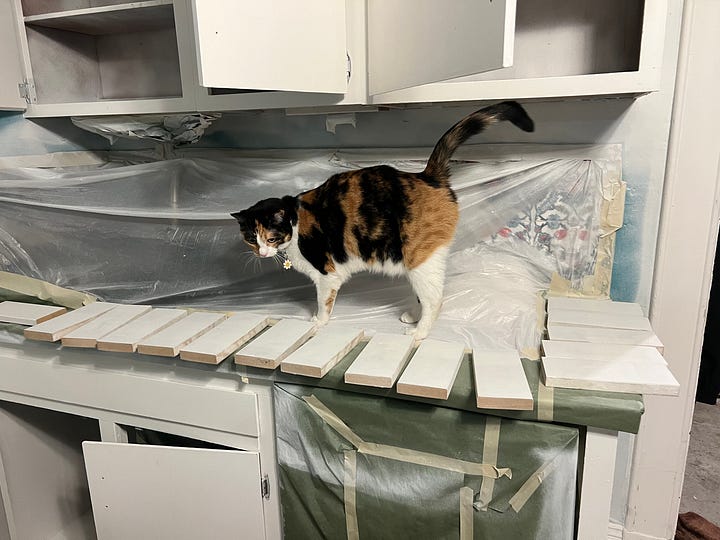
The radio station the guys painting my house listened to each day while they worked on our Air BnB renovation could have been pulling music from my Columbia House record collection. We dubbed them “The Grateful Dead” — two grizzled old hippies and one younger guy, sweetly deferential to and protective of his mentors. For days, with torrential rain pouring outside, my anxious and overprotective dog and I moved from room to room as they painted their way through the house, and I would catch snippets of songs on the radio. We were stuck in the 1970s, thanks to an auto-programmed radio station that rotated through a play list clearly designed to invoke nostalgia. You’re not supposed to hear Bohemian Rhapsody more than once a year (if that), when it stops you in your tracks, transports you to your youth, and leaves you in renewed awe of Queen’s genius. During the weeks the painters were here, I heard it nearly every day.
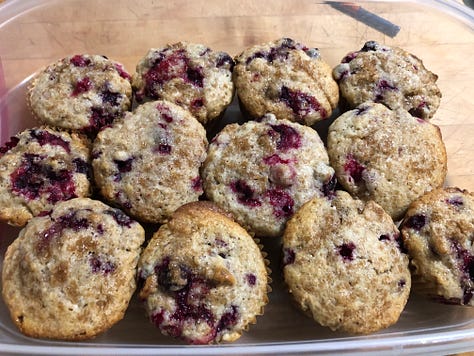
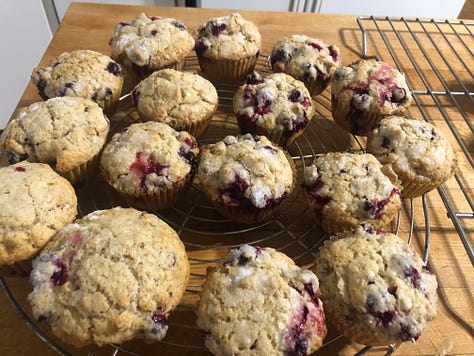
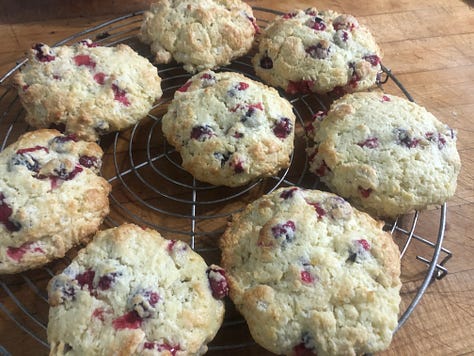
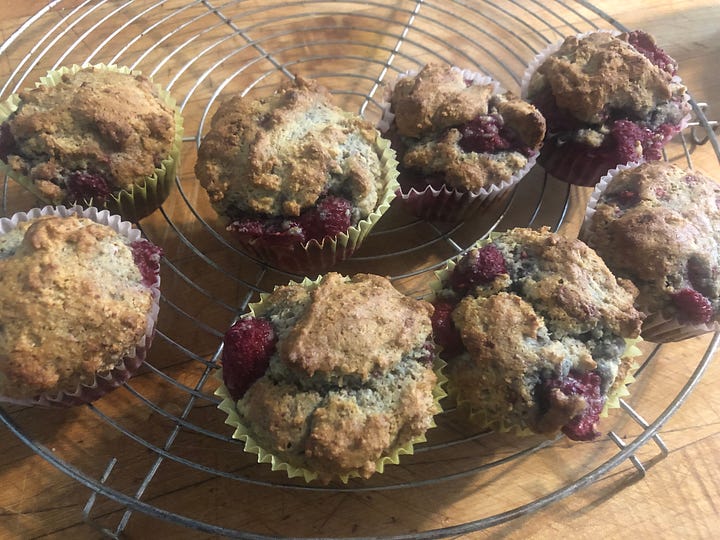

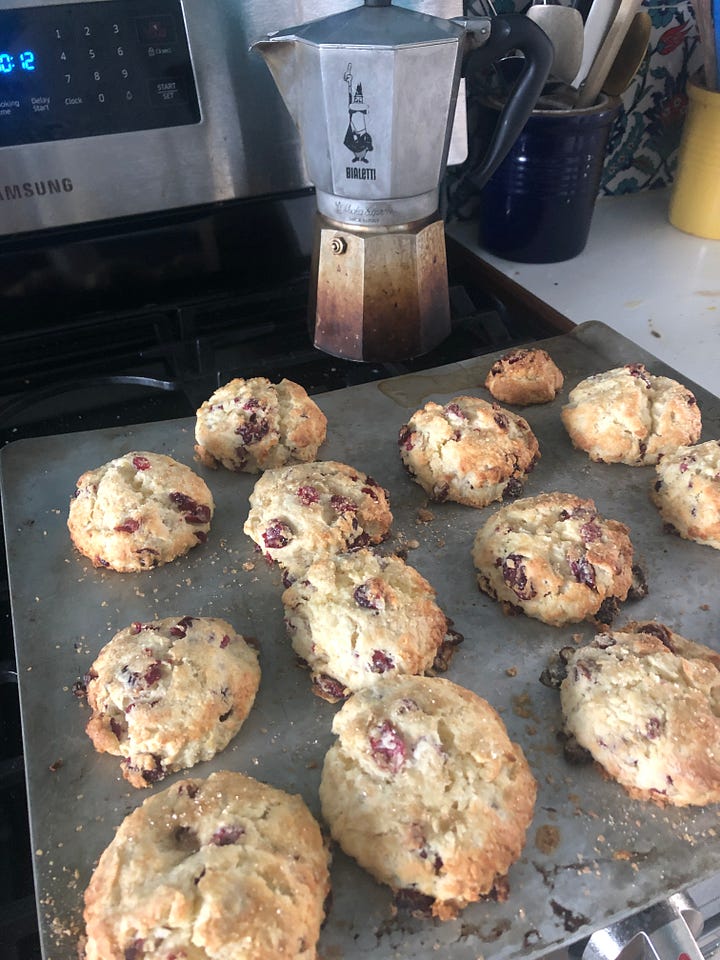
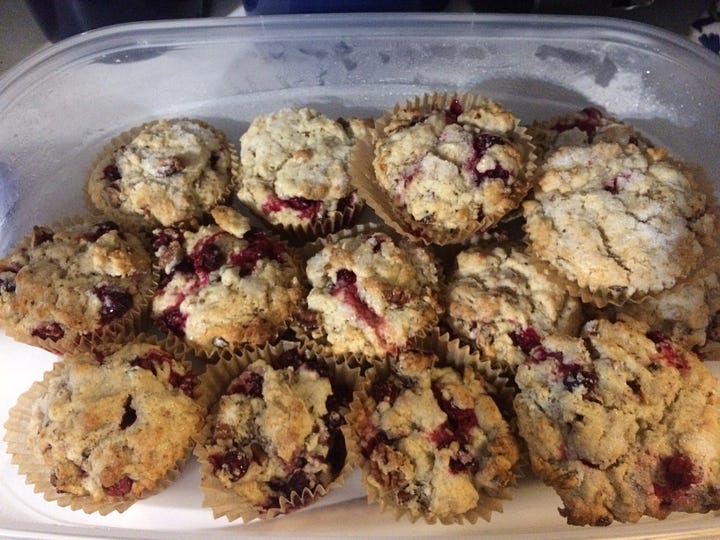
(Pet peeve - for several years I heard Dream Weaver every time I went to my neighborhood grocery store. Thankfully, I no longer seem to be their target demographic.)
One morning only G, the lead painter, arrived with a worried look on his face. His buddy John, a deadpan old guy with a dry sense of humor who was usually the first to arrive each morning, hadn’t shown up. G dispatched the younger painter to check and the news was not good. John was found unresponsive in his funky old truck, with the engine running. He must have had a heart attack while getting ready to come to work.
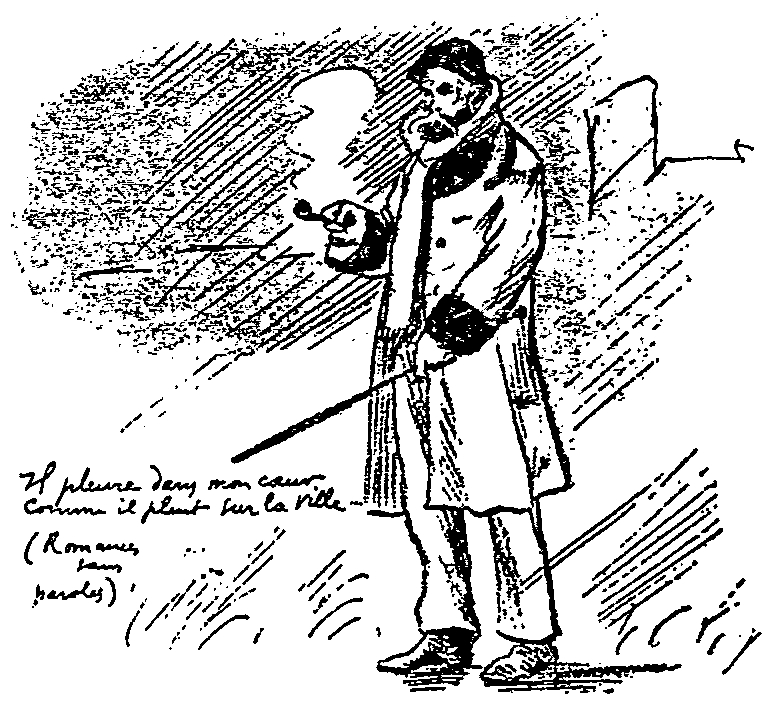
G and John had met in the ‘70’s in the Seattle music scene. They were both musicians who played together and eventually painted together and had been close for nearly 50 years. After John died, G and the younger painter wanted to keep working, welcoming the distraction. The rain kept pouring down, the musical memories kept playing, and we were all sad.
Once my kitchen was usable again, I wanted to do the thing humans have done since time immemorial to ease sorrow — make comfort food. As part of my cookbook purge, I’d been going through my looseleaf notebooks of collected recipes to see which were now available online and which were worthy of being pulled from the notebooks (too bulky to bring to Portugal) and kept.
Unlike my beloved cookbooks, these notebooks are personal, telling the story of our family life through carefully curated recipes. Leafing through them, I thought, not for the first time, Proust was onto something.
I found a classic recipe for Cranberry-Nut Bread I’d copied from Deborah Madison’s seminal Vegetarian Cooking for Everyone. It wasn’t my go-to recipe of Cranberry-Pecan Muffins, a more labor-intensive family favorite, but it was handy, since I had cranberries and pecans in the freezer to use up, it’s easy to make, and my loaf pan was findable in all the chaos.
It kept raining, the music kept playing, we ate Cranberry-Nut bread, the two remaining painters kept painting, and every now and then G would tell me a story about John.
I’ve told you here, when I started chemo, and also here, when I rang the bell after completing radiation, about B, a lovely man in Minnesota who I’ve never met. Each December and April he sends a poem a day to a selected list of people. I’m lucky to be one of them.
This week, I was captivated by Marjorie Saiser’s charming poem, The Sisters Play Canasta in a Snowstorm. There are two slightly different versions of this poem. Maybe because I’m currently mining memories, feeling nostalgic, and aware that life is precious and short, I prefer the version that includes this line:
The snow thickens, the coffee perks, and nothing is lost if it can be retold.
Favorite recipes are like songs, accenting life with depth and feeling and sometimes bittersweet memories.
There’s a reason they are passed down from generation to generation.
RIP, John
The Best Thing I Will Cook This Week
When I asked my family what they wanted me to make when we’re all together for Christmas, this was the first thing they mentioned. It used to drive me crazy that my younger daughter would request a muffin, and then methodically pull out all the pecan pieces. Even though she’s all grown up and apparently likes nuts, part of me still wants to see her do that one more time.
This recipe was published in 1995 in the print edition of the New York Times. You can find it online in NYT Cooking (gift link), but in case you want to go old school, here’s the version I use.
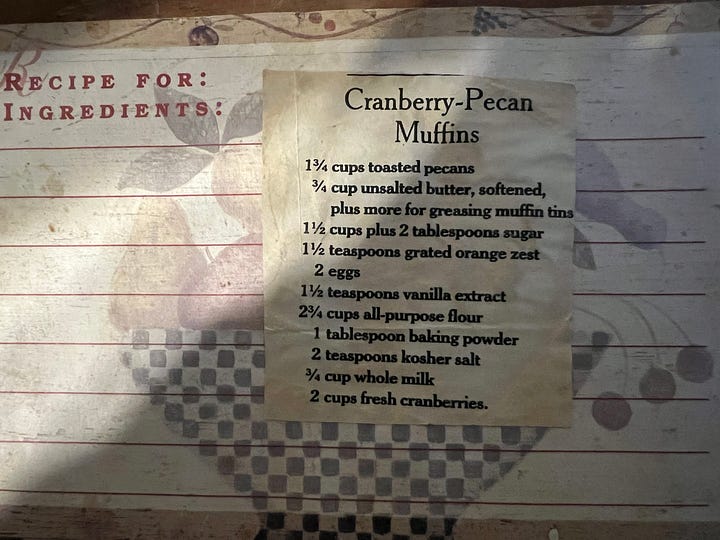

Do you have treasured recipes that evoke memories? Tell us about it in the comments.

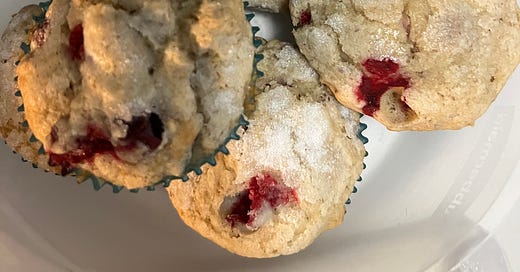





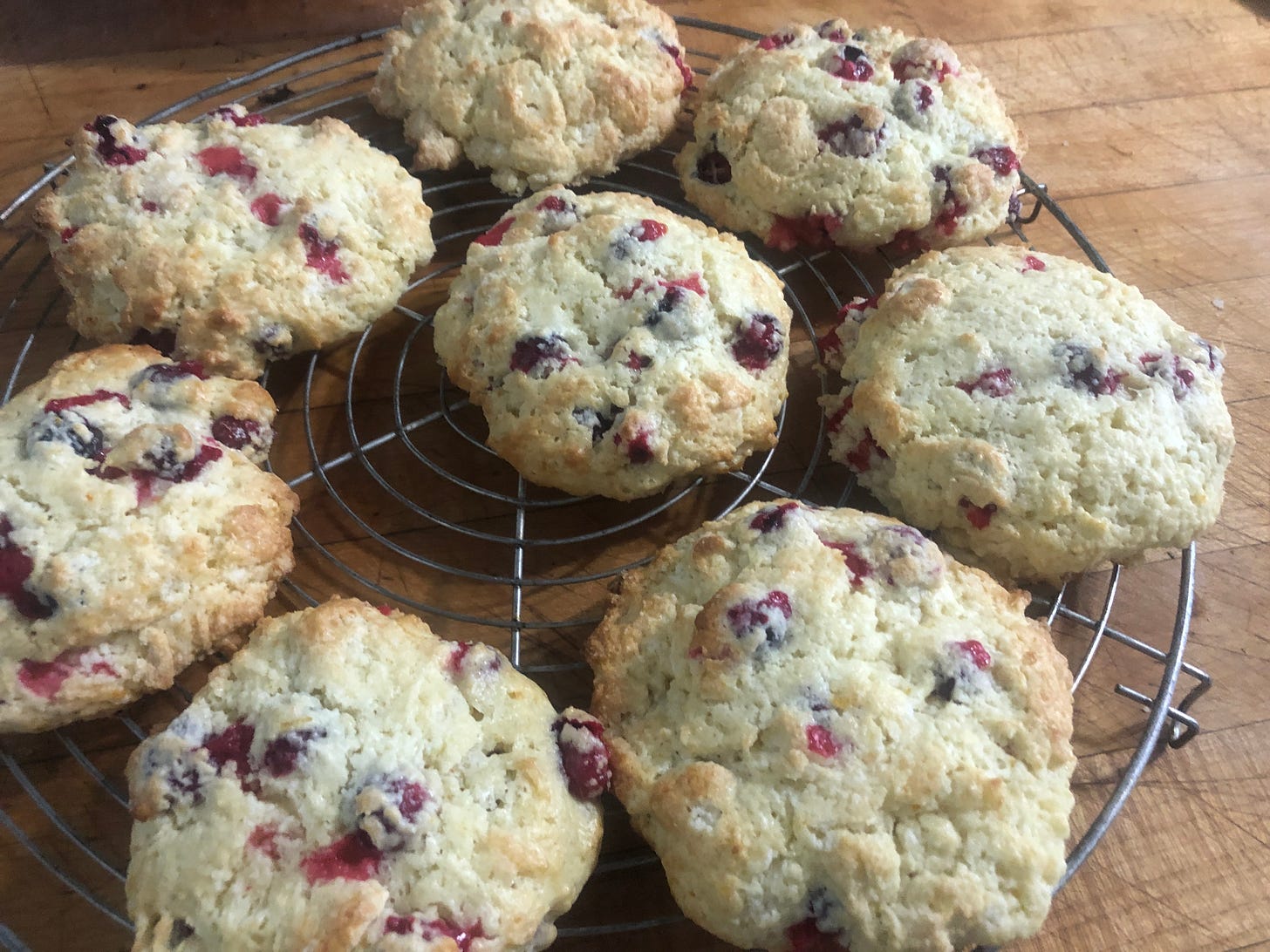
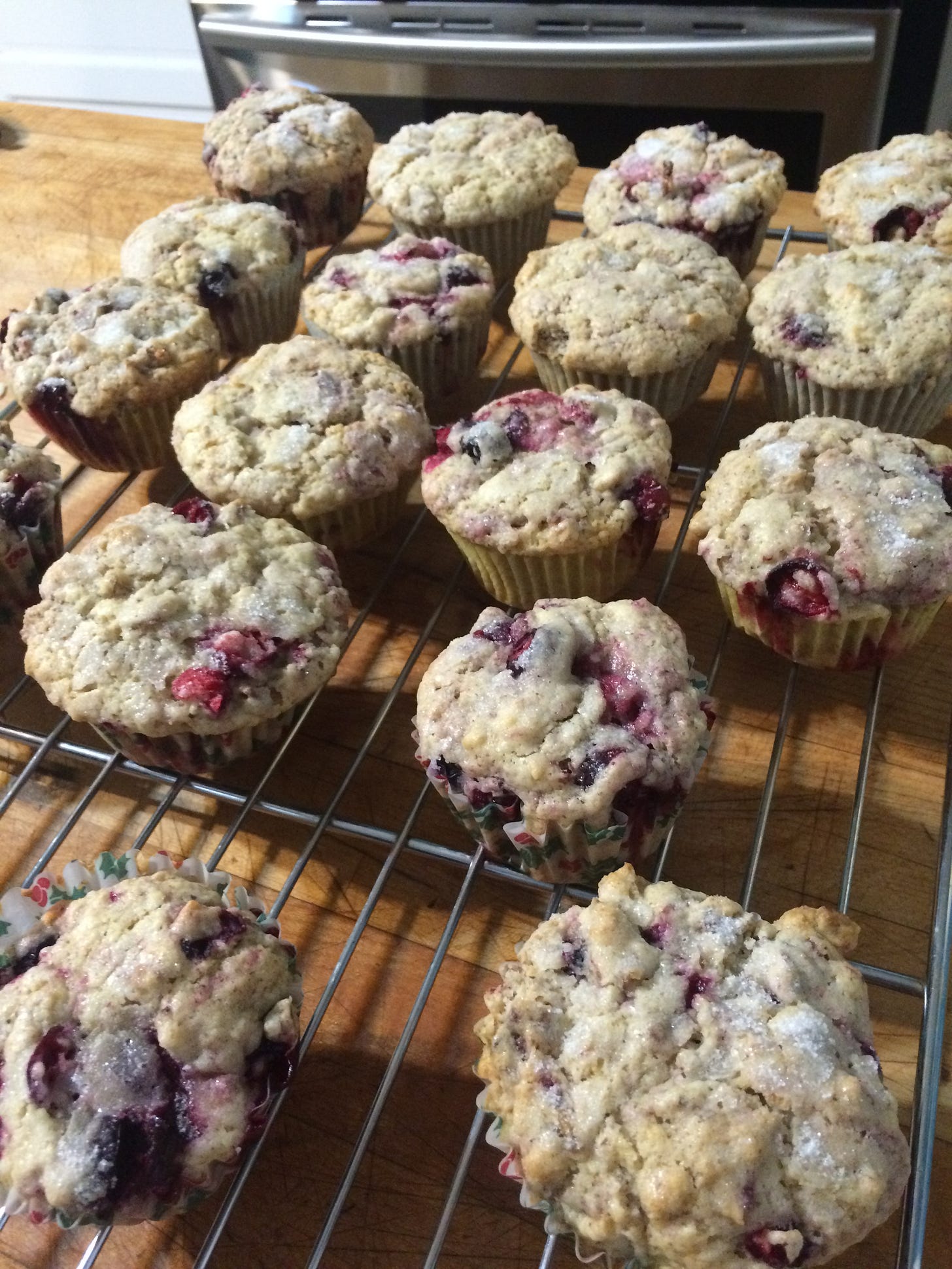
So much beauty and compassion in this post, Alison! I felt immediately inspired to get up and cook something for my loved ones. Looking forward to following your long-awaited move to Portugal.
Music and Food! Both reach to the soul to connect us. Thank you.